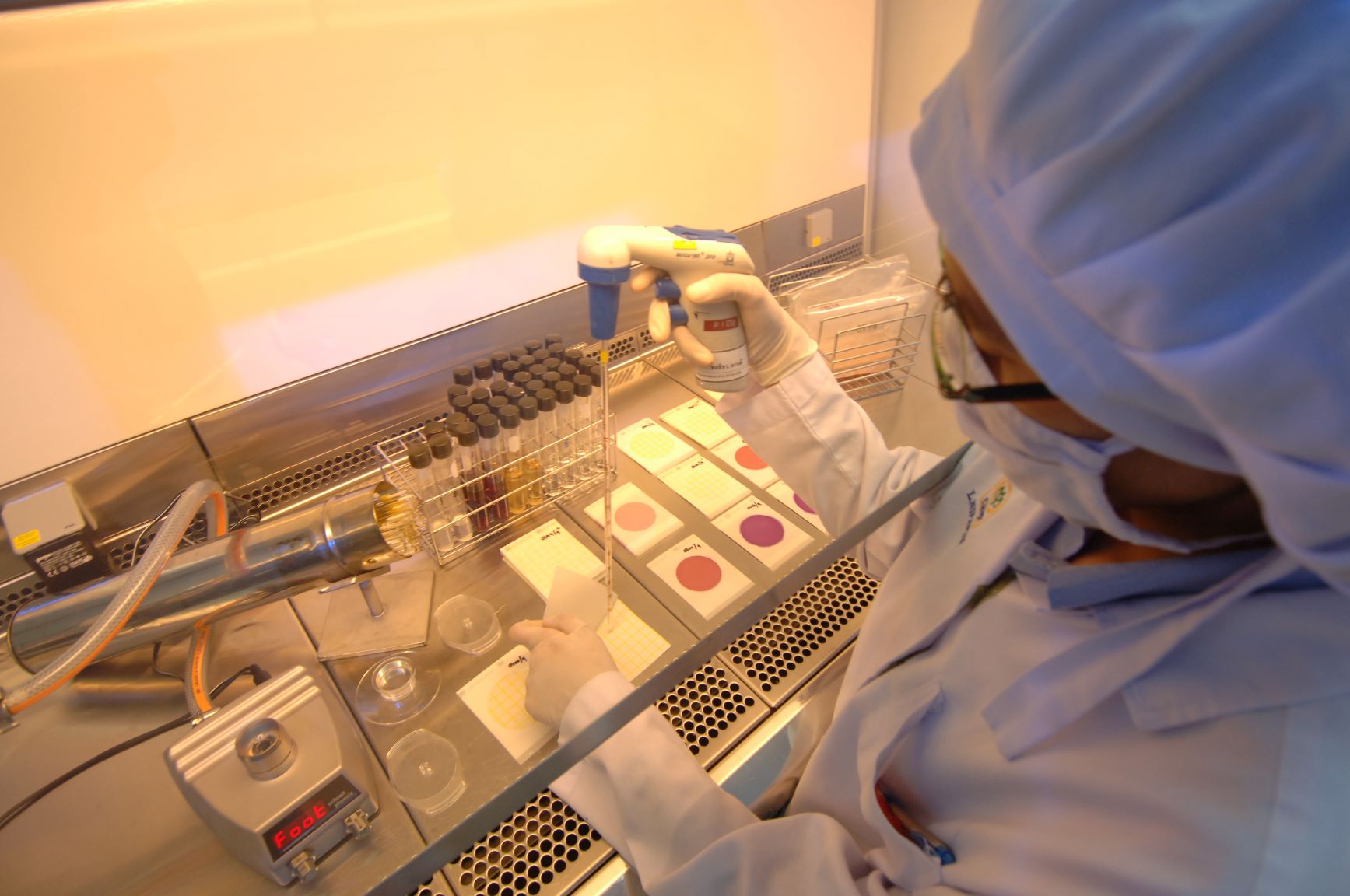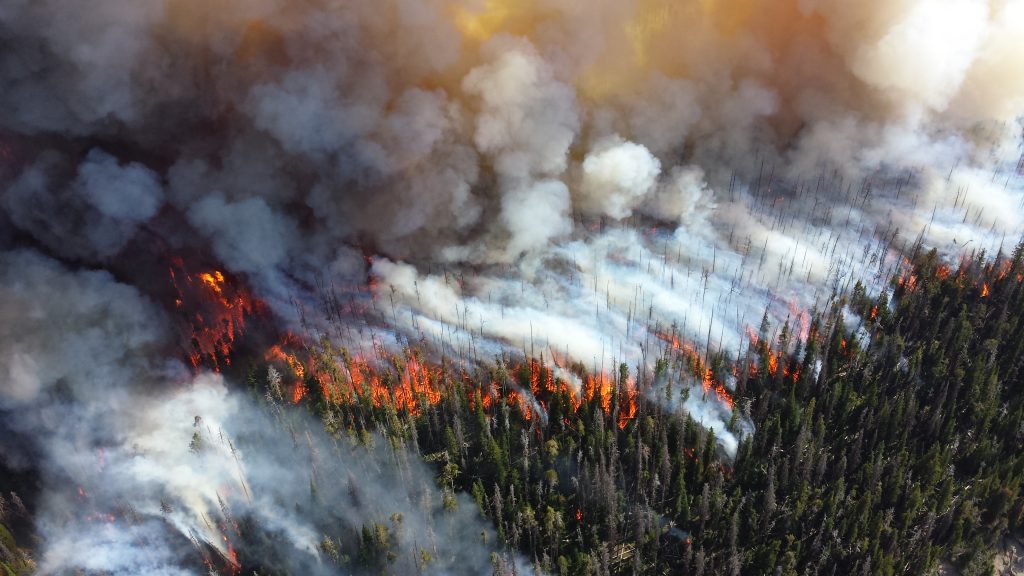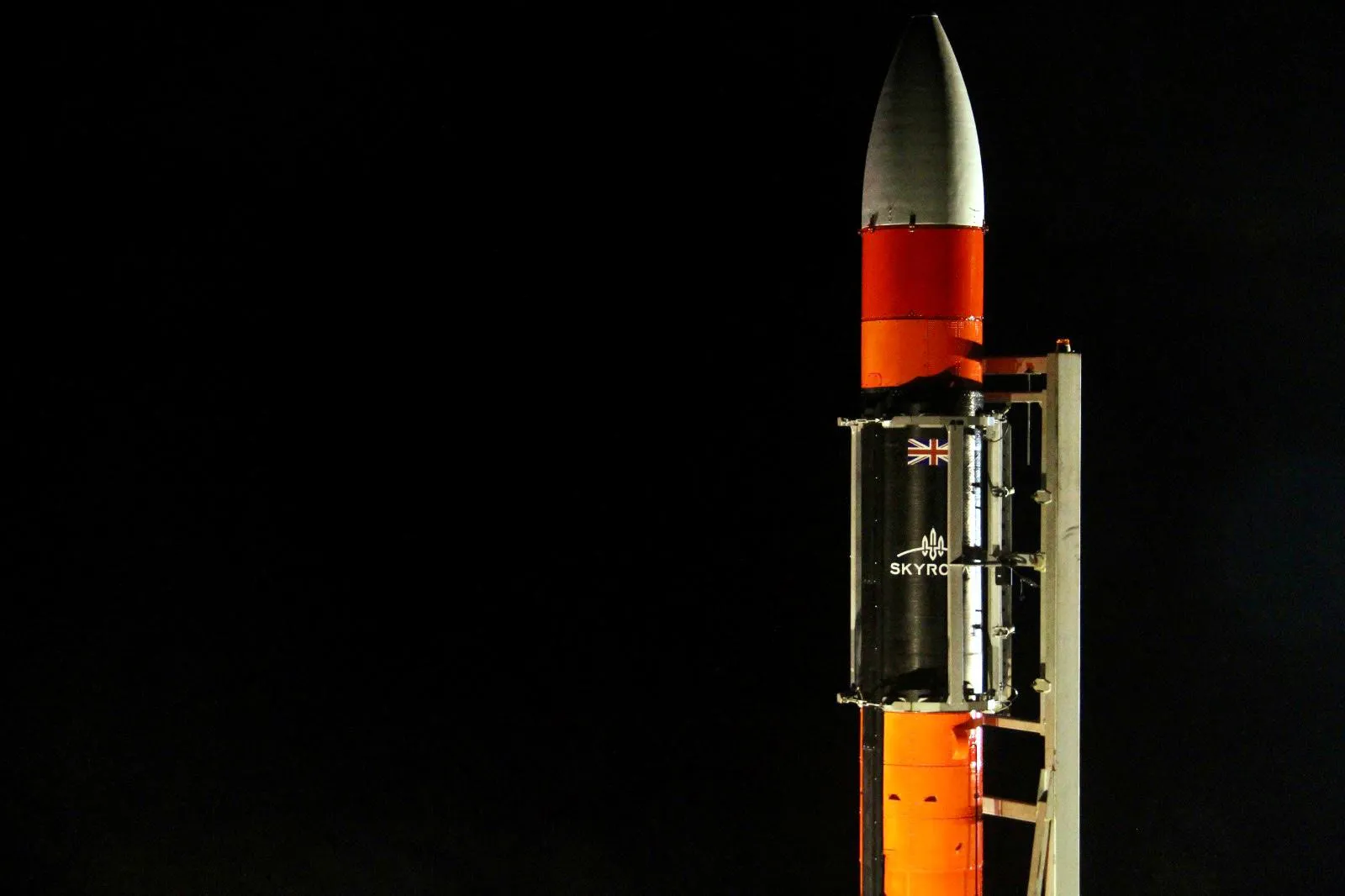Satellite technology for ocean observation

Satellites are ideal for observing global environmental change as they are capable of monitoring remote regions, hidden features, and environmental events that cannot be detected by the human eye.
Ocean observation critically depends on the real time availability of high-quality satellite data with sufficiently dense space and time sampling. The data provided is consistently reliable, and often concerns the following ocean observation data:
-
Sea surface temperature
-
Sea surface colour
-
Sea level change
-
Tracking
Temperature changes influences the behaviour of fish, causes the bleaching of corals, and can affect the weather along the coastline. Satellite imagery pertaining to sea surface temperature also exhibit patterns in alternating currents and water circulation.
Examples of such oceanic events include upwelling, which is the phenomenon whereby cooler water is driven by the wind towards the ocean’s surface, replacing the warmer surface water.
Sea surface colour
Satellites that provide information concerning the colour of the ocean assists researchers in determining the effect of floods along the coastline, detecting areas where the most intense river-sea-land interaction occurs, and locating areas highly concentrated with harmful algae that is detrimental to various sea life species and identifying where such blooms may drift in the future.
Sea level change
Sea level rise is potentially the most significant impact of climate change as it can cause flooding of coastal areas and islands, shoreline corrosion, and the destruction of essential ecosystems such as wetlands and mangroves.
Sea levels can be measured on a global basis with unprecedented accuracy using satellite technology. The long-term measurement of global average sea levels provides a means through which global warming and climate change models can be predicted.
Coral reef mapping can additionally be achieved with the use of satellite technology. Sea floor geography is relatively simple for observation satellites to monitor because erosion rates are lower on the ocean floor.
Tracking
Observation satellites providing environmental imagery can be utilised in collaboration with additional organisations that receive data from various sensors. Marine animals such as sea turtles and manatees, can be fitted with transmitters that convey information about their habitat to orbiting satellites.
Additional applications
In addition, satellite technology can monitor accidents such as large oil spills, and alternating currents in the sea that affect global weather patterns. The measurement of tidal heights and the migration of wales can also be monitored with observation satellites. Transmitters on satellites also relay information concerning the position from emergency beacons to help save lives when people are in distress on boats, airplanes, or in remote areas.
References
1. Our World (2010), How Things Work: Environmental Satellites
2. National Ocean Service (2018), How Are Satellites Used to Observe the Ocean?
3. Journal of Operational Oceanography (2015), Use of satellite observations for operational oceanography: recent achievements and future prospects



